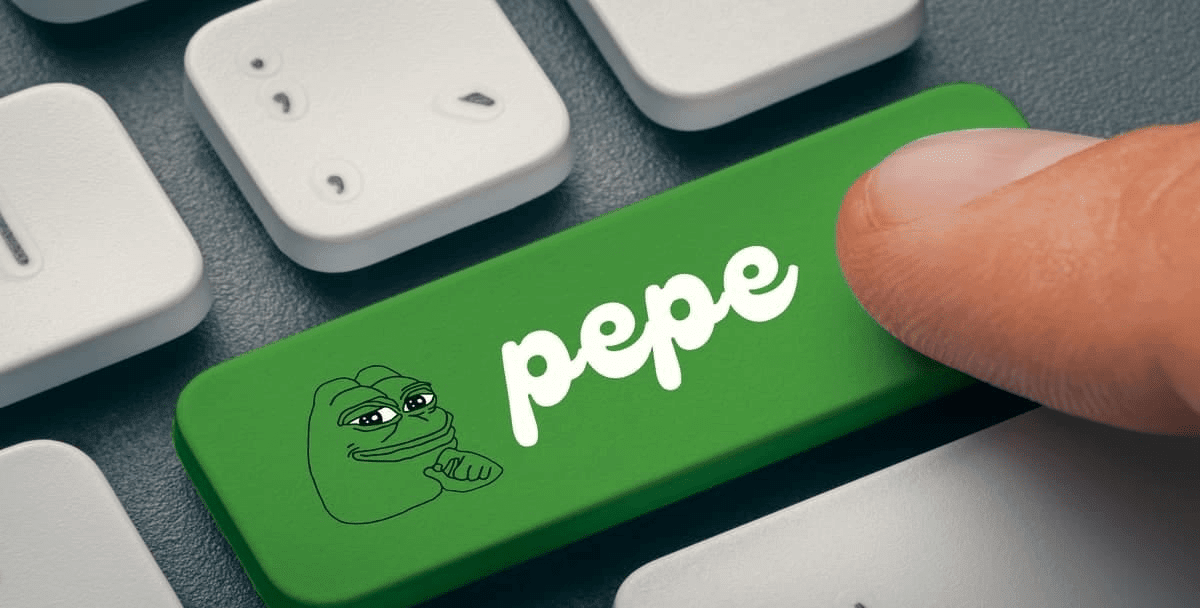
The PEPE coin is one of the most famous "meme coins", and its feature is that it attracts tremendous interest from both small and large investors alike. One of the most important phenomena in cryptocurrencies is the movement of "whales" — billionaires of coins who can have a significant impact on the price. Let's explore how the whales behave with PEPE, what we can expect from them, and why all of this is very important for any investor or follower.
---
📊 Recent data: What are whales doing with $PEPE
There are several indicators and recent observations revealing how whales have 'harvested' or 'accumulated' or 'sold' PEPE. Here are the highlights:
1. Significant accumulation by whales
Over a 30-day period, a number of large wallets 'whales' accumulated about 650 billion PEPE tokens.
At the same time, major addresses holding the top 100 wallets increased their holdings to about 306.84 trillion PEPE tokens.
2. Large sales as well
On some days, large amounts of PEPE tokens were transferred to major platforms like Binance and other exchanges, suggesting a selling intention 'if necessary.' For example, about 500 billion tokens worth approximately $4.8 million were moved to Binance by a large whale, causing temporary selling pressure.
Massive movements to Kraken were also recorded, where a whale transferred about 427 billion PEPE tokens (approximately $8.5 million), increasing short-term selling pressure.
3. High paper profits
Some whales that invested early are realizing huge paper profits. For example, the top 15 whales hold nearly 38 trillion PEPE — about 9% of the total supply, with expected profits of over $90 million according to current market prices compared to their purchase price.
There was a whale that remained inactive for almost two years (around 600 days) and did not move, indicating a long-term investment, then sold later and missed some periods while making huge profits.
4. Reduced supply on exchanges and storage in private wallets
One positive indicator is that a number of tokens are being withdrawn from exchanges and placed in cold or private wallets, reducing the supply available for immediate trading. This is often a sign that whales are preparing for long-term holding rather than immediate selling.
---
⚙️ How does whale behavior govern the price? Their impacts and driving forces
When we know what whales are doing, we can infer how that will affect the price and risks:
Reducing circulating supply
Whenever whales withdraw tokens from exchanges, the supply available for immediate sale decreases, which can generate buying pressure if demand increases from smaller investors.
Confidence signals/tests
Whale accumulation is often seen as a sign that the price may be close to an unjust bottom or that support is near, as large investors only rush in if they see a 'motivated' opportunity.
Performance delays or sudden setbacks
But sometimes, massive token leaks from whales (i.e., they start selling) can suddenly choke the price. Much of the realized price can be 'paper' until actual selling begins.
High volatility
When whales move — whether buying or selling — the price often registers significant movements (up/down) in short periods, increasing risk and excitement alike.
---
🔍 Future analysis: Why whales may continue to play their role with $PEPE
Some factors that may drive whales to focus more on PEPE in the future:
Recovery from general meme coin corrections: In times of market weakness, whales with financial resources can buy during price drops to be ready to benefit from any recovery.
Theories of 'returning to old tokens': PEPE was one of the first meme coins to attract attention. As pessimism increases, the feeling of returning to the past can attract whales looking for 'neglected' value.
Concerns about token inflation or value erosion with new coins lead large holders to those who hold a significant portion of tokens known for their popularity like PEPE.
---
🧩 Risks you should know
Of course, the presence of whales and high activity is not always a guarantee of continuous rise. There are significant risks:
If a large whale suddenly starts selling in massive quantities, the price may collapse quickly, especially with weak liquidity.
The lack of substantial actual use or legitimacy beyond meme status may mean that the price depends solely on speculation and fame, making the process very fragile.
Delays in adoption or legislation may affect the general behavior of investors.
Monitoring 'token transfers to exchanges' is very important, as this is often a precursor to sales, which may create downward pressure.
---
🧠 Exciting summary
Token $PEPE shows how whales play a dual role: they are the ones driving major trends, either through massive buying or sudden selling.
If you can understand when they accumulate and when they start to liquidate, you can benefit from early entries or exit at peaks.
But like all meme coins, PEPE is not a guaranteed success project — the price relies heavily on speculation, internet fame, general sentiment, and movements by large investors.
